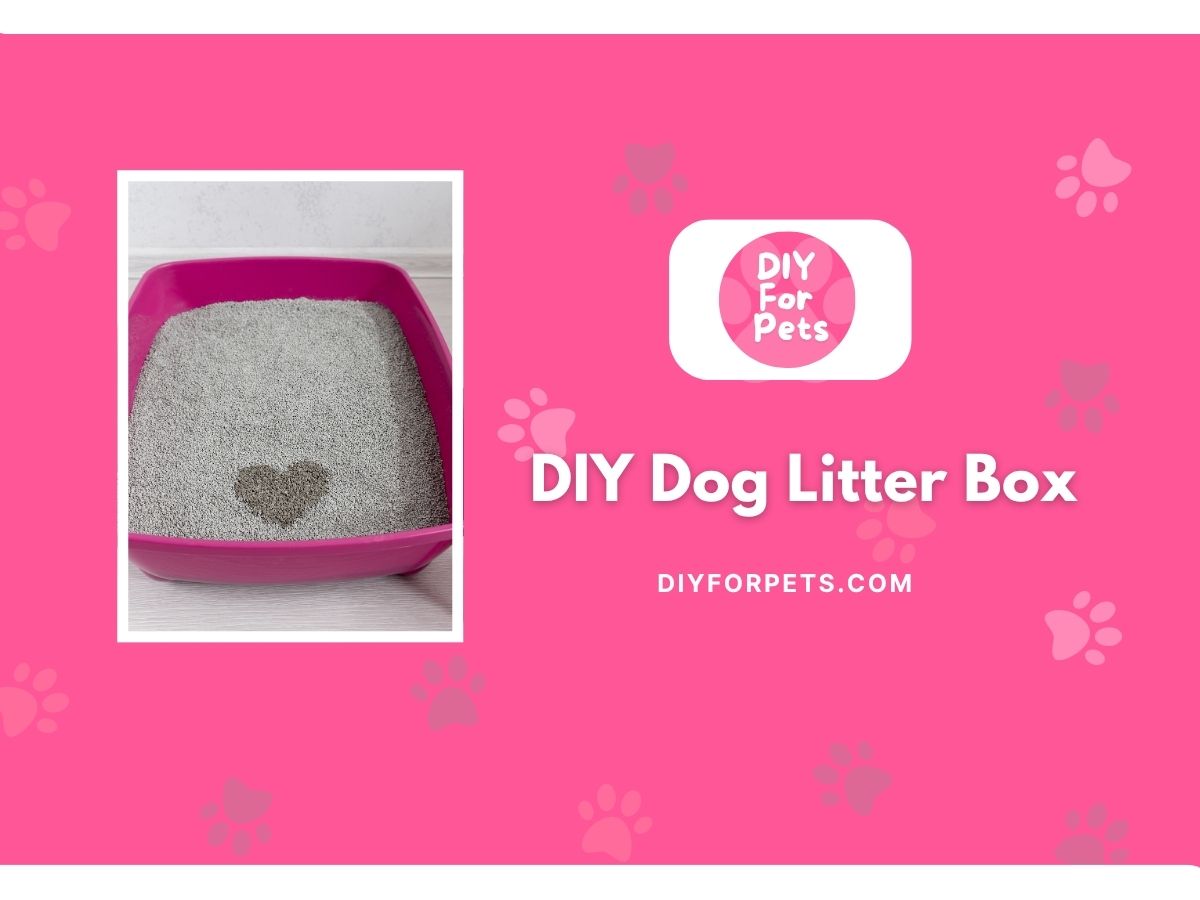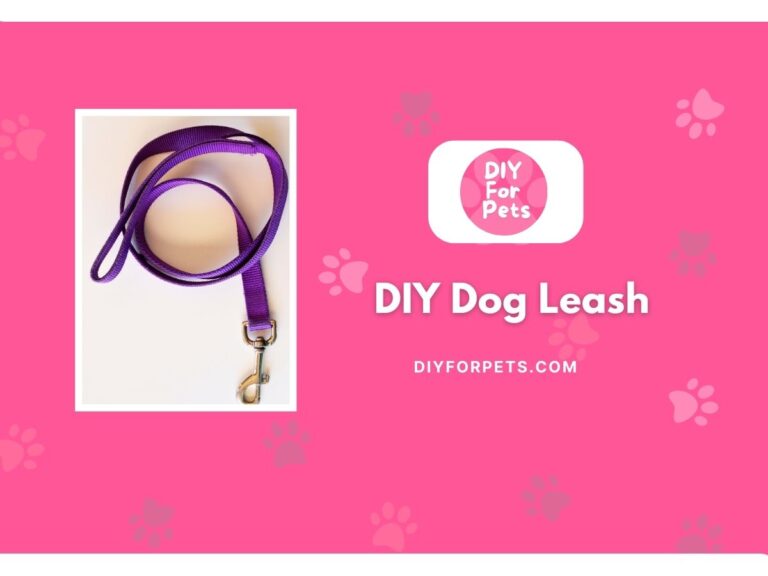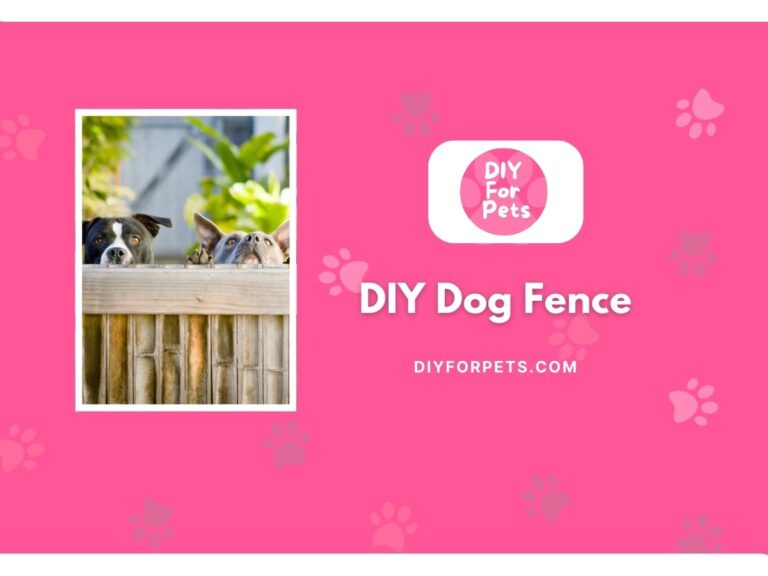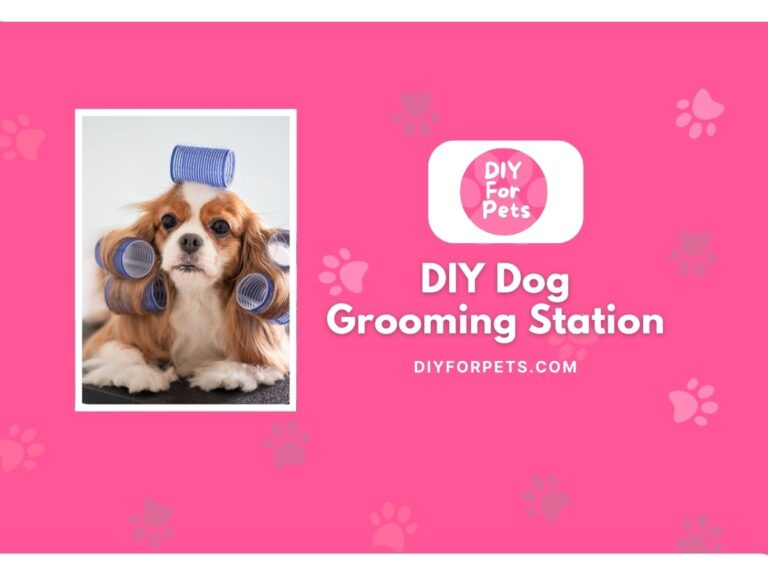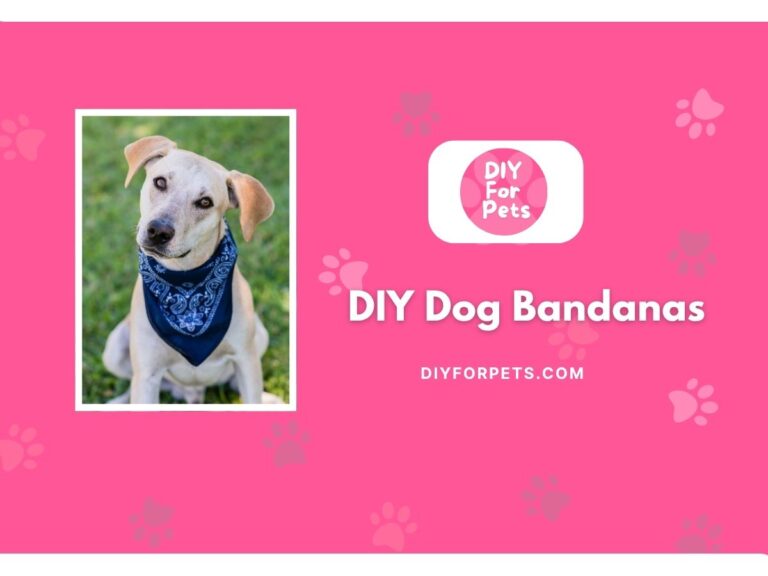9 DIY Dog Litter Box Ideas – The Ultimate Indoor Potty Solution for Every Pup
Let’s face it, accidents happen, especially when your pup is home alone or you’re dealing with potty training. That’s where a DIY dog litter box can totally save the day (and your floors!). Whether you live in an apartment, have a senior dog, or just want a cleaner solution, making your own setup is easier than you think. Plus, you can customize it to your dog’s size and your style.
Ready to get creative with a project your dog will thank you for?
Do Dogs Use Litter Boxes?
The first question that probably comes to mind is, “Do dogs even use litter boxes?” While it may sound a bit unusual, yes, some dogs can be trained to use a litter box—especially small breeds, puppies, and senior dogs. This is particularly helpful if you live in an apartment, have long work hours, or experience harsh weather that makes it difficult for frequent outdoor bathroom breaks. It’s also a great option for dogs with mobility issues.
Training a dog to use a litter box is similar to house-training them for outdoor use. It takes a little patience and consistency, but once your dog gets the hang of it, a litter box can become part of their routine. Smaller breeds like Chihuahuas, Dachshunds, and Pomeranians tend to adapt more easily to litter boxes because they naturally require less space. However, with the right design, even medium-sized dogs can make use of a litter box.
Step by Step process:
Now that we’re on board with the concept, let’s walk through creating a DIY dog litter box. This project is simple, budget-friendly, and customizable to fit your space and your dog’s size.
Materials Needed:
- Plastic storage container or large shallow tray: $10–$15
- Artificial grass (or puppy pads): $10–$20
- Absorbent material (pine pellets, paper pellets, or shredded newspaper): $5–$10
- Ruler and scissors: Already have these!
- Optional: low-rim entry for senior dogs: $3–$5
The total cost for a homemade dog litter box can range from $20 to $35, depending on the size and materials you choose. Here’s how to build it:
Phase 1: Choosing the Right Base
Start by selecting a large plastic storage container or shallow tray that’s big enough for your dog to stand, turn around, and do their business comfortably. The container should have low sides to allow easy entry, but high enough to contain the litter and any messes. If your dog is older or has trouble stepping in and out, you can cut a lower entry point on one side for easier access.
Phase 2: Adding the Absorbent Layer
Next, add an absorbent layer to the bottom of the tray. You can use pine pellets, paper pellets, or shredded newspaper—anything that’s safe for your dog and designed to absorb moisture. This layer helps manage odors and keeps the box clean between uses. I personally like using pine pellets because they control odor well and are easy to clean up.
Phase 3: Topping It with Grass or Pads
Finally, top the litter box with either artificial grass or puppy pads. The artificial grass provides a natural feel for dogs who are used to going on grass, while puppy pads are great for easy cleanup. You can even switch between the two depending on your dog’s preference. Place the grass or pads on top of the absorbent layer, and your DIY dog litter box is ready for use!
Dog Litter Box Ideas
When you struggle with indoor potty training, a DIY dog litter box means no more worrying about accidents or messy floors, especially if you live in an apartment or have a senior pup. You can build your personalized box using affordable materials, customize it for any space, and give your dog a stress-free bathroom routine.
Now that you’ve got the basic setup, let’s explore some creative and easy-to-implement DIY dog litter box ideas. Each of these options can be tailored to fit your space, your dog’s needs, and your budget.
1. Simple Storage Bin Litter Box
This idea is straightforward and works well for small dogs or puppies. Use a large, shallow plastic storage bin as the base, and fill it with absorbent material like shredded newspaper or paper pellets. Cover the top with puppy pads or artificial grass. The sides of the storage bin help contain any mess, and it’s easy to clean out.
The cost for this setup is about $15–$20, and it’s perfect for apartment living.
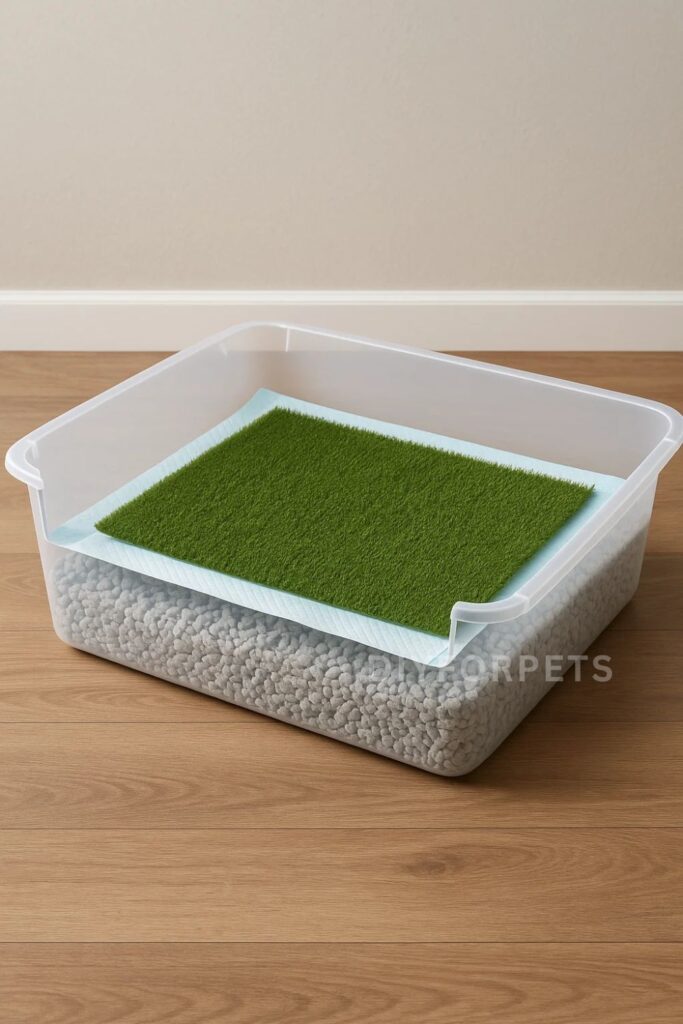
2. Wooden Frame Litter Box
For those who prefer a more aesthetically pleasing option, you can build a wooden frame around the litter box. Using wood planks, create a rectangular or square frame that fits around a shallow tray. This adds a decorative touch, making the litter box blend in more seamlessly with your home’s decor.
This option can cost around $30–$40 if you use affordable wood, and it’s a great way to elevate the look of your dog’s litter area.
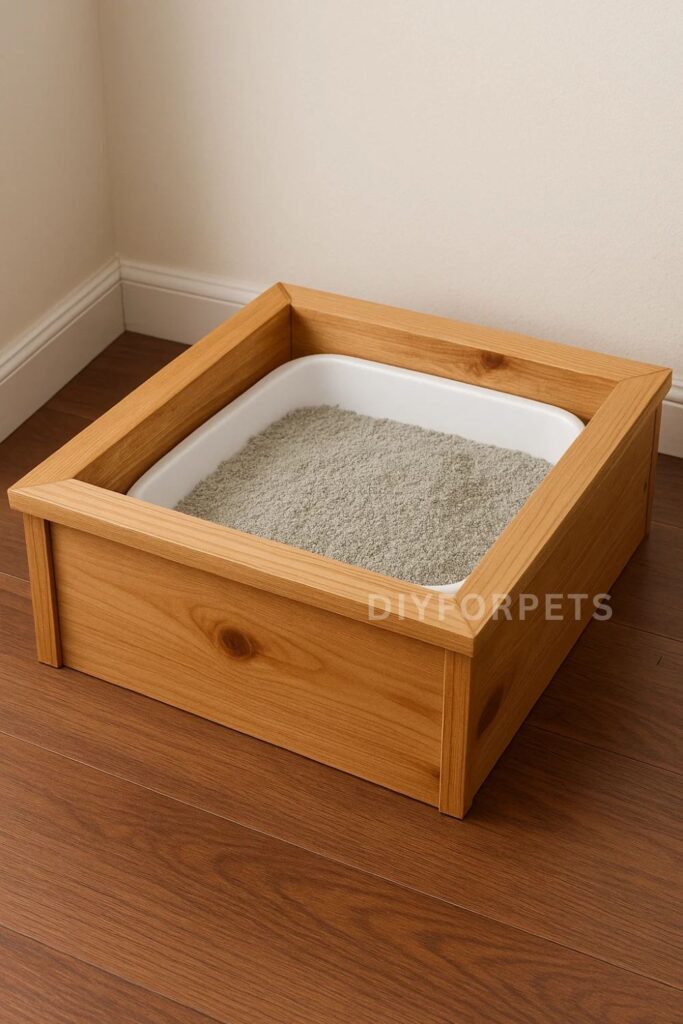
3. Elevated Litter Box with Ramp
For older dogs or dogs with mobility issues, an elevated litter box with a small ramp can make a world of difference. Start with a shallow tray, and build a sturdy wooden platform underneath. Add a gentle ramp leading up to the box so your dog can walk up easily without having to jump.
This idea may cost $35–$50, depending on materials, but it provides easy access for dogs who need a little extra help
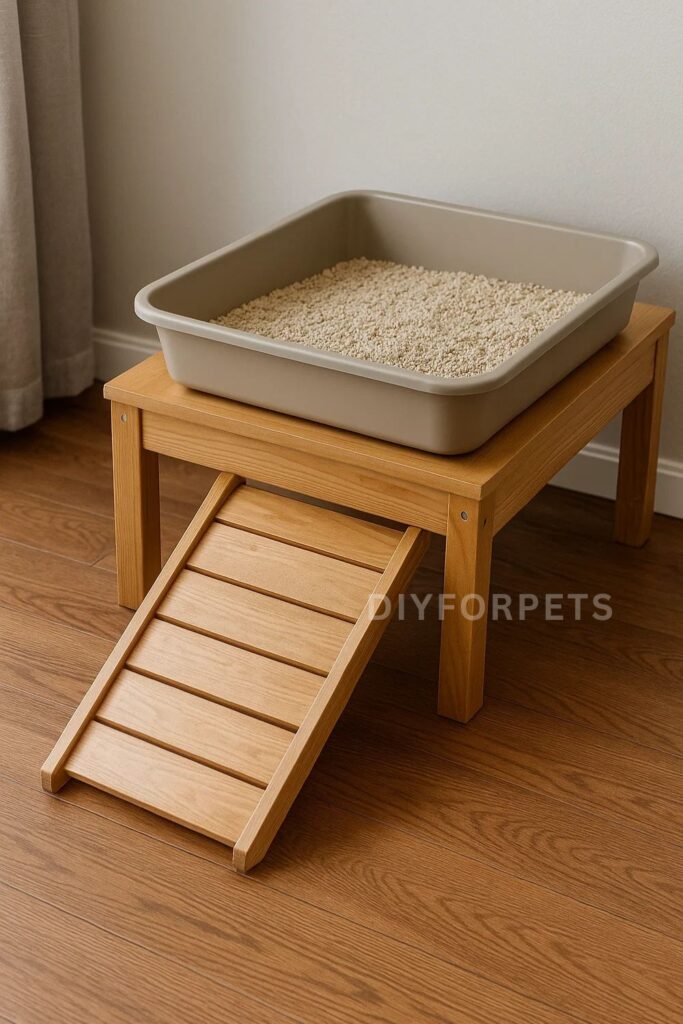
4. Multi-Dog Litter Box
If you have more than one small dog, a larger DIY dog litter box might be needed. You can use a long, shallow under-the-bed storage container, which provides plenty of space for two or more dogs to use at the same time. Line the bottom with absorbent material and top it with artificial grass or puppy pads.
The cost for this multi-dog setup is around $25–$30, and it ensures that all your small dogs have enough room to use the litter box comfortably.
5. Outdoor-Inspired Litter Box
For dogs that love the outdoors, create an outdoor-inspired litter box by using real grass or soil in a raised planter box. This setup mimics the feeling of going outside, making it easier to transition your dog to using the box. Simply fill the planter with soil or real grass and place it in a designated spot indoors.
The cost for this project is about $30–$40, and it’s perfect for dogs who love nature but need an indoor option.
6. Recycled Pallet Litter Box
For an eco-friendly option, you can repurpose old pallets to create a rustic dog litter box. Break down the pallets and use the wood to build a simple rectangular frame. Add a shallow tray inside for the absorbent layer and top it with puppy pads or artificial grass.
This project can cost as little as $10–$15 if you already have pallets on hand, making it a budget-friendly option.
7. Travel-Friendly Litter Box
If you travel often with your dog, you might want a portable litter box. A collapsible fabric or plastic crate can double as a travel-friendly litter box. Line the bottom with absorbent material and use disposable puppy pads on top. When not in use, the crate can be folded down and stored easily.
This portable option costs around $20–$25 and is ideal for road trips or staying in hotels with your dog.
8. DIY Grass Patch Litter Box
For a natural feel, you can create a DIY grass patch litter box using a shallow tray and artificial grass. You can even add a slight incline so any liquid drains into a lower section of the tray for easier cleanup. This setup gives your dog the feeling of going outside without leaving the house.
The cost for this grass patch box is around $20–$30 and is a great option for dogs who prefer grass to other surfaces.
Litter Box Basics: Dos & Don’ts
- Do: Choose the right size for your dog. A box that’s too small will discourage use, while one that’s too large may be difficult for smaller dogs to navigate.
- Do: Keep the litter box in a quiet, accessible spot. Dogs, like cats, prefer privacy when doing their business.
- Don’t: Use clumping cat litter, as it can be harmful if ingested by dogs.
- Do: Clean the litter box regularly to keep it odor-free and hygienic for your dog.
- Don’t: Forget to praise and reward your dog for using the litter box, especially during the training phase!
FAQs
1. Can any dog be trained to use a litter box?
Yes, most dogs—especially small breeds, puppies, and senior dogs—can be trained to use a litter box with patience and consistency.
2. What materials should I avoid in a dog litter box?
Avoid clumping cat litter, as it can be harmful to dogs if ingested. Stick with dog-friendly options like pine pellets, paper pellets, or shredded newspaper.
3. How often should I clean the dog litter box?
Ideally, clean the litter box once a day or after each use to prevent odors and keep the area sanitary.
4. Can I use a dog litter box for large breeds?
While litter boxes are more practical for small to medium-sized dogs, you can create larger versions for bigger breeds, but it may be more challenging to train them.
Creating a DIY dog litter box is not only a fun and creative project, but it also offers a practical solution for indoor potty training. Whether you live in an apartment, have a senior dog, or just want a backup for bad weather days, these ideas are budget-friendly, easy to implement, and completely customizable to your dog’s needs. So why not give it a try? Your dog (and your floor) will thank you!

